Patterson Whittaker Architectural Profiles creates products that are uniquely capable of being crafted into designs that match a variety of different architectural styles. Our products, designed with a reinforced EPS core and reinforced cement exterior coating, compare favorably to wood, GFRC, precast concrete, and many other materials, while also offering lower costs, shorter lead times, and easier installation.
You can often find our work used in a variety of architectural styles, including Baroque architecture. Originating in the 17th century in Italy, before spreading across Europe and eventually to the United States, Baroque architecture is commonly associated with bright colors, large decorations that take up considerable space, the use of marble or other materials that can be made to look like marble, and a general attention to detail. Baroque architecture was originally designed to represent the holiness of the Roman Catholic Church.
While the Baroque style is not used as often today as it used to be, it can still be recognized in many of the more decorative buildings we see. It holds an important lesson in how to control the value of a building by its appearance alone.
Common Characteristics of Baroque Architecture
Baroque architecture was originally a name given to designs that had deviated from the classical principles of the Renaissance Era. Over time the architectural style developed its own sense of identity, adding curved lines, bright colors, and organic shapes that emulated motion to its aesthetics.
After moving out of Italy, Baroque architecture found its home primarily in Germany, and eventually to many of Germany’s South American Colonies. From here the style spread into America and around the world. These are some of the key features and traits you can look for in Baroque architecture:
- Large Domes – Large domes positioned in the front of buildings were utilized to make decorative facades or grand entranceways feel larger in scale.
- Decorative Motifs and Elaborate Designs – A key element of baroque architecture was an attention to detail. Intricate and extravagant designs were used specifically to embellish the perceived holiness of a building or a piece of architecture.
- Gilded Sculptures Inside and Out – Gilding, painting nongold materials with gold paint to embellish their appearance, was used to create contrast in colors and textures throughout most Baroque buildings. It was not uncommon to paint wood or plaster to make it appear as if it were gold or marble. Authenticity was not as important to the Baroque architectural style as appearance was, and that dedication to imagery allowed for a wider variety of art installations within a single building.
- Dynamic Features Meant to Grab Attention – More than anything, Baroque architecture was designed to stand out and not be ignored. Curved walls, large sculptures, columns, various arches, decorative niches, opulent fountains, vaulted or painted ceilings, and more were all implemented to grab attention. These features were designed in a way that created a sense of organic motion as well, a style frequently referred to as dynamism.
Baroque is a style that is nearly instantly recognizable, and while it is not used as often today as it was in the past, elements of it can be seen in a variety of different modern architectural styles.
Baroque is the Architecture of Illusion
While extravagant appearances were the primary focus of Baroque architecture, it must also be pointed out that this intention was done through the art of illusion. Many of the aspects of Baroque architecture are not nearly as expensive as they are beautiful. The imagery that this style was attempting to construct was a very expensive aesthetic that required very expensive materials. When an architect or a patron could not afford these materials, this is where Baroque architecture found its developed its iconic quality of illusion.
Many of the features that look like they are gold are not, they are simply gilded. Many of the features that look like they are made of marble are not, they are simply painted wood. Many of the different expenses of Baroque architecture were sidestepped to be more budget-friendly, thus the joking reputation that art historians have given Baroque of being somewhat kitschy.
A more refined understanding of this architectural style would say that the Baroque style plays with the sights, senses, and expectations of those who take the time to look at its details. To that point, some of the more famous examples of Baroque architecture around the world include:
- The Facade of Church of San Carlo alle Quattro Fontane in Rome, Italy.
- The Altar within Jesuit Church Il Gesu in Rome, Italy.
- Church of St Andrew on the Quirinal in Rome, Italy.
- The Quire inside St. Paul’s Cathedral in London, England.
- The Hall of Mirrors inside the Palace of Versailles in Paris, France.
While the Baroque style is not as popular now as it once was, the focus on intricate designs, beautiful entranceways, and elaborate decorations can still be seen in many different forms of architecture today.
More importantly, the ideals of the Baroque movement have not only withstood the test of time, but have become more commonplace than they ever were before. The ability to take a material that is not refined and artificially alter its appearance so that it can look like whatever material a construction team wants it to is now an industry standard, where once it was only seen as a departure from Renaissance Era ideals.

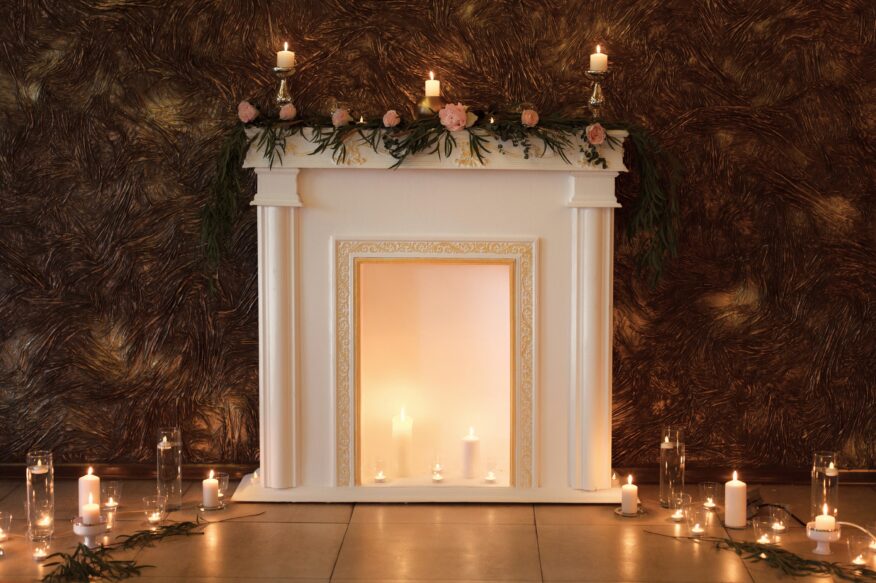
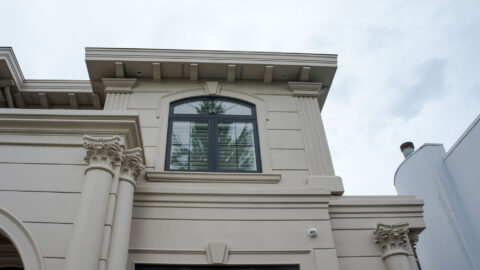
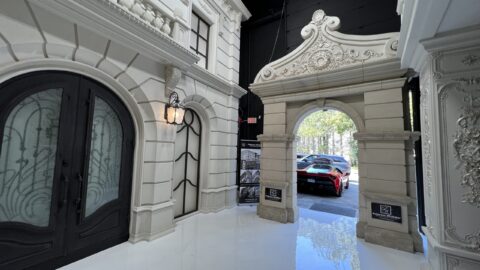
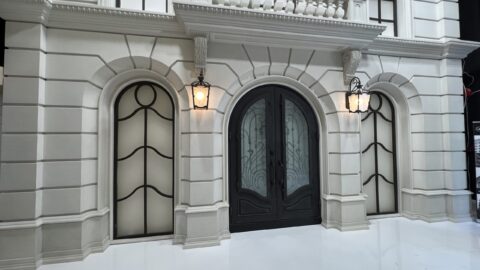

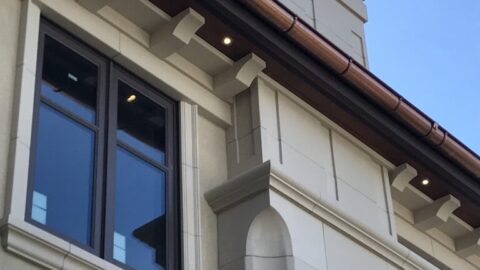
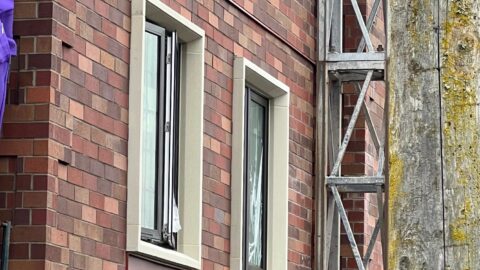
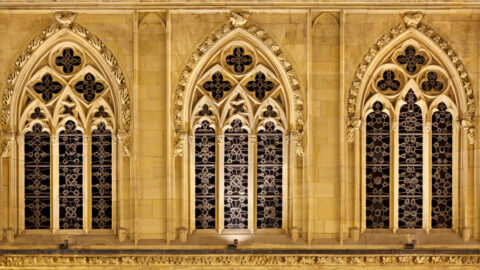
Recent Comments